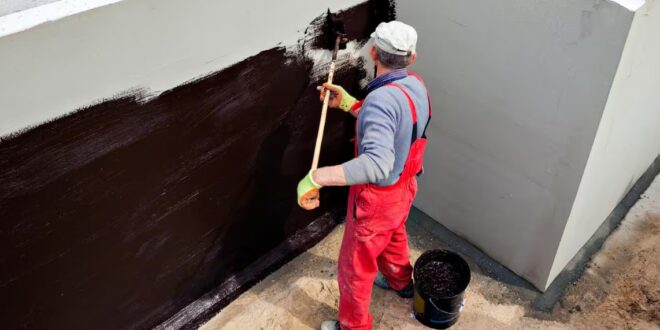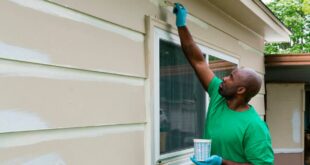Living in an area with heavy rainfall or a high water table can spell trouble for basements. Over the years, I’ve learned a lot about basement waterproofing, especially the differences between interior and exterior solutions. Let’s break down both options to see which might be the right fit for your home.
Why Basement Waterproofing Matters
Protecting your home from water damage is crucial, and basement waterproofing can significantly help in maintaining a dry and healthy living space. By preventing water infiltration, you safeguard your property from mold growth, structural damage, and potential depreciation in value.
Whether you opt for interior or exterior solutions, investing in proper waterproofing measures ensures the longevity and safety of your home.
Interior Basement Waterproofing
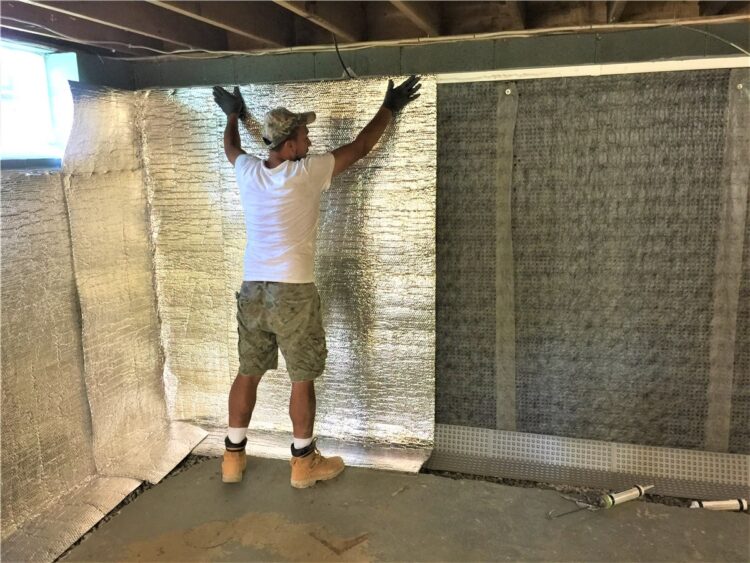
Interior waterproofing, sometimes called “negative side” waterproofing, focuses on dealing with water that has already entered the basement.
Pros
- Cost-effective ─ Generally cheaper than exterior methods.
- Quick installation ─ Can often be completed in a day or two.
- Minimal disruption ─ No need to excavate around the house, which means less mess and hassle.
Cons
- Not a permanent solution ─ It manages water that has already seeped in rather than preventing it.
- Regular maintenance ─ Systems like sump pumps need regular checks and maintenance.
Interior waterproofing is great for addressing immediate water issues. If your basement is prone to occasional flooding, an interior system with a sump pump and drainage channels can be a quick fix.
Exterior Basement Waterproofing
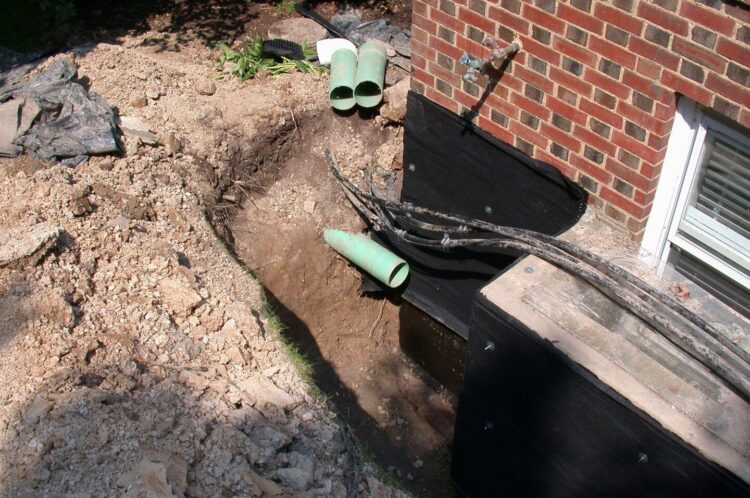
Exterior waterproofing, or “positive side” waterproofing, involves stopping water from getting into the basement in the first place. This method typically requires more extensive work.
Pros
- Long-term solution ─ Prevents water from entering the basement altogether.
- Protects foundation ─ Helps maintain the structural integrity of your home’s foundation.
- Less maintenance ─ Once installed, it requires minimal upkeep.
Cons
- Expensive ─ Higher upfront costs due to labor and materials.
- Disruptive ─ Involves excavation around the foundation, which can be messy and disruptive.
- Time-consuming ─ Can take several days to weeks to complete, depending on the extent of the work.
Exterior waterproofing is ideal for homes with significant water problems or if you’re building a new home. It offers a comprehensive solution that protects your investment long-term.
Making the Choice
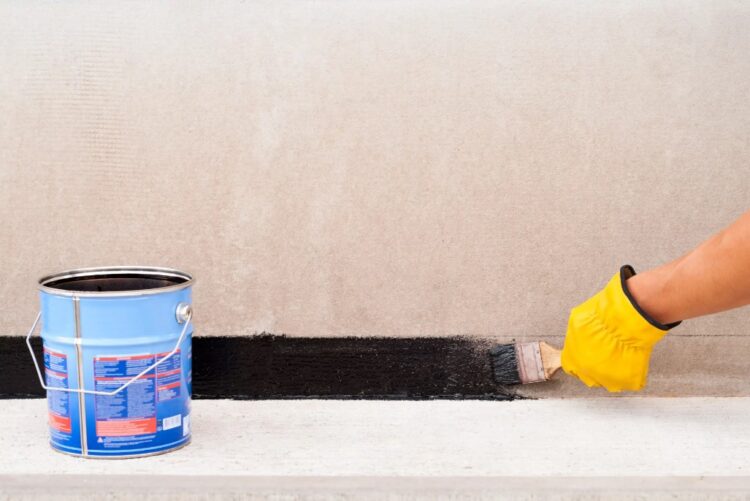
Deciding between interior and exterior waterproofing depends on your specific situation. Here are some factors to consider:
- Budget ─ Interior waterproofing is generally less expensive upfront.
- Extent of water problems ─ For minor issues, interior methods might suffice. For ongoing or severe issues, exterior waterproofing could be the best bet.
- Future plans ─ If you’re planning to finish your basement, investing in exterior waterproofing can save you headaches down the line.
Combining Both Methods
In some cases, combining both interior and exterior waterproofing can provide the best protection. This approach addresses immediate issues and prevents future problems. For instance:
- Exterior waterproofing ─ Stops water from entering.
- Interior waterproofing ─ Manages any water that gets through or condensation issues.
Final Thoughts
When dealing with basement water problems, it’s important to consider all your options. Whether you choose interior or exterior waterproofing, each method has its benefits and drawbacks. Assess your needs, consult with professionals, and make an informed decision to keep your basement dry and your home healthy.
 Hi Boox Popular Magazine 2024
Hi Boox Popular Magazine 2024
